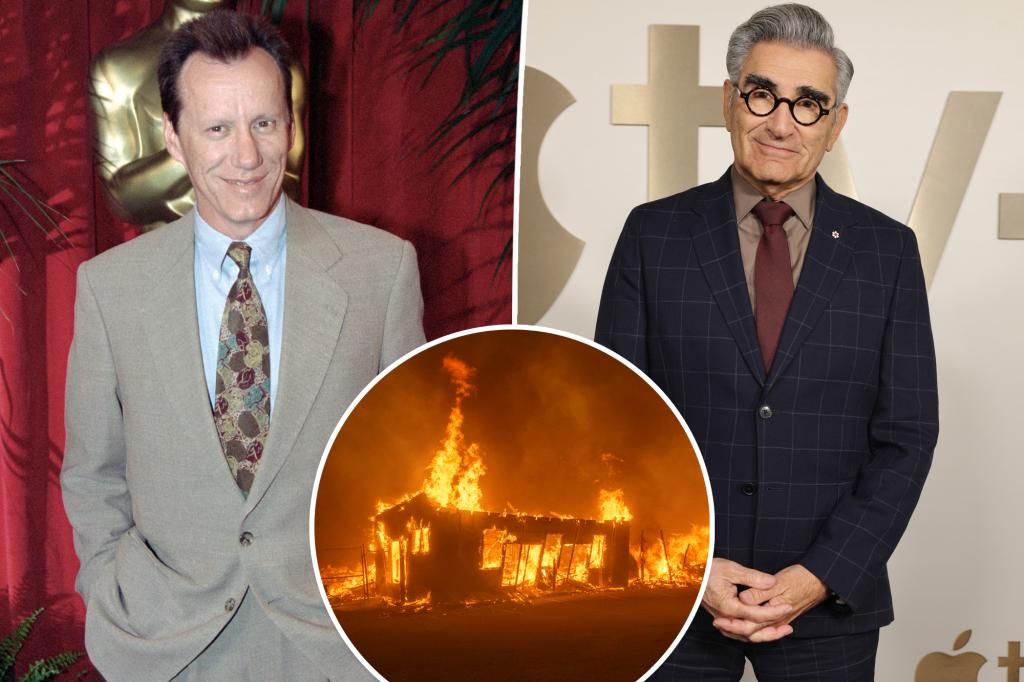Wildfire Exodus: Hollywood Stars Eugene Levy and James Woods Flee Homes in Urgent Evacuation

A devastating wildfire erupted Tuesday morning in the scenic Pacific Palisades neighborhood, rapidly spreading and consuming nearly 3,000 acres by mid-morning. The blaze, which ignited around 10:30 a.m. local time, quickly transformed the picturesque landscape into a dangerous inferno, prompting immediate emergency response and raising concerns about potential property damage and community safety.

